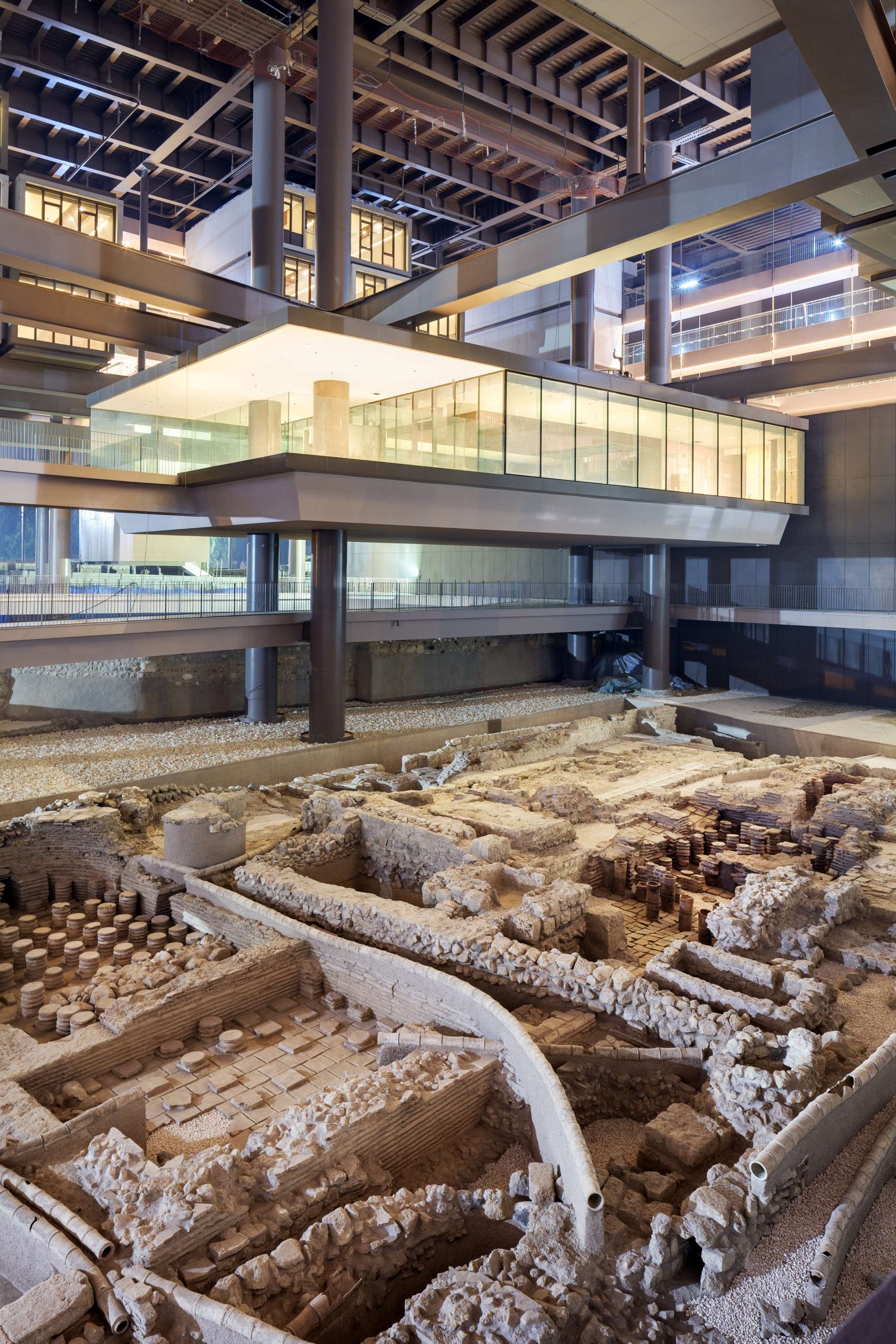By John O’Ceallaigh
Ever feel like you’ve taken on more than you can chew? For a sense of perspective, consider the Asfuroglu family in Antakya, southeastern Turkey, who in 2009 broke ground on their new hotel only to find the site held some of the most momentous and precious archaeological treasures ever to be unearthed in the country. A straightforward construction project was suddenly transformed into Turkey’s biggest archaeological dig in almost a century.
For the Asfuroglus, that meant a drastically more expensive, decade-long endeavour that necessitated a complete and highly complex rewriting of their development plan, all while archaeologists and specialists galore converged to reveal and document a yield of tens of thousands of artefacts and the world’s largest floor mosaic. Following the hotel’s launch in early 2020, today they say all that effort was worth it, that they have protected a treasure trove of incredible cultural value and bequeathed a legacy that can be enjoyed by all humanity. The most privileged perspective on that gift to civilisation will be available to hotel guests, who will be able to admire centuries of history at their leisure from their rooms, many of which overlook the restored ruins.

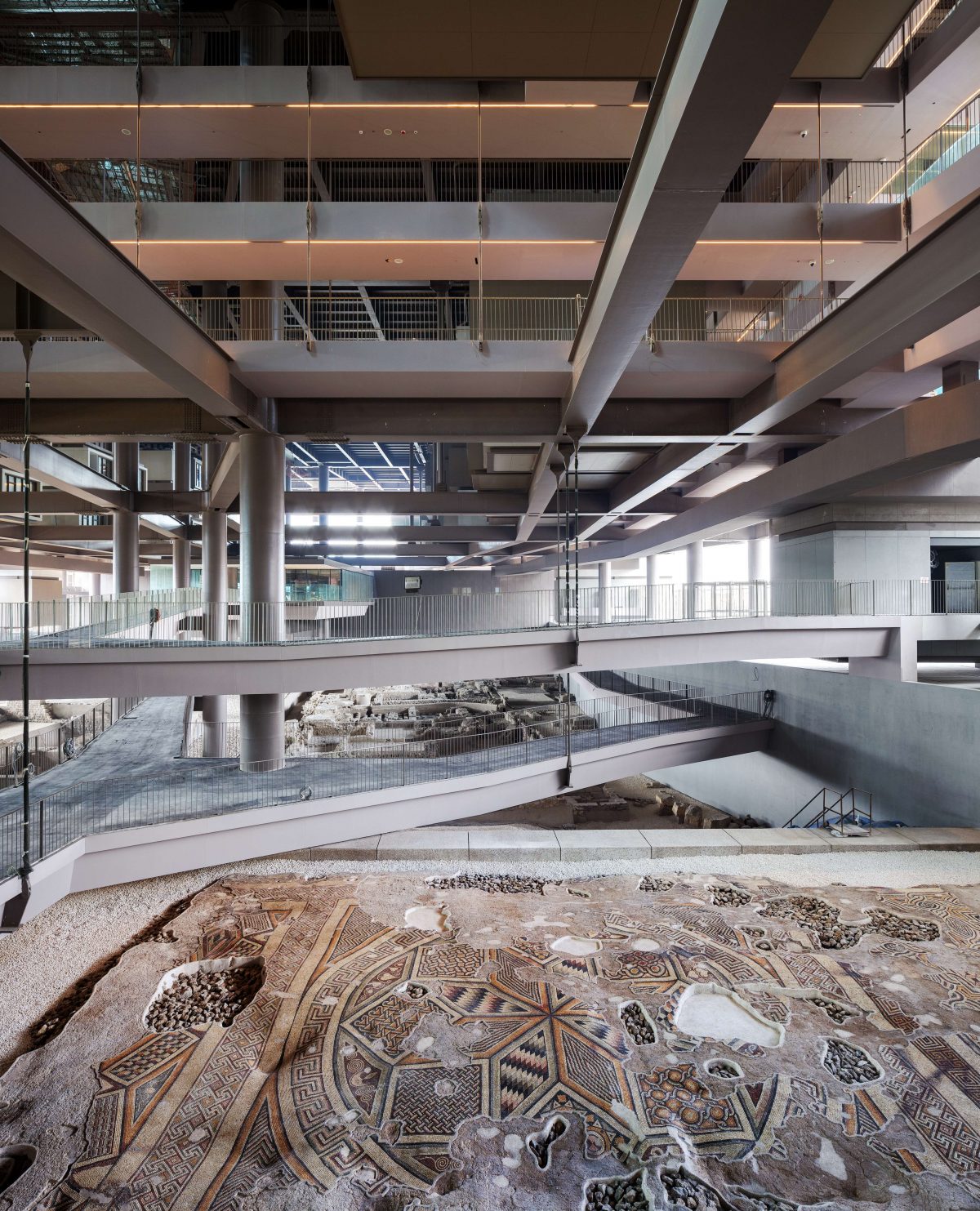
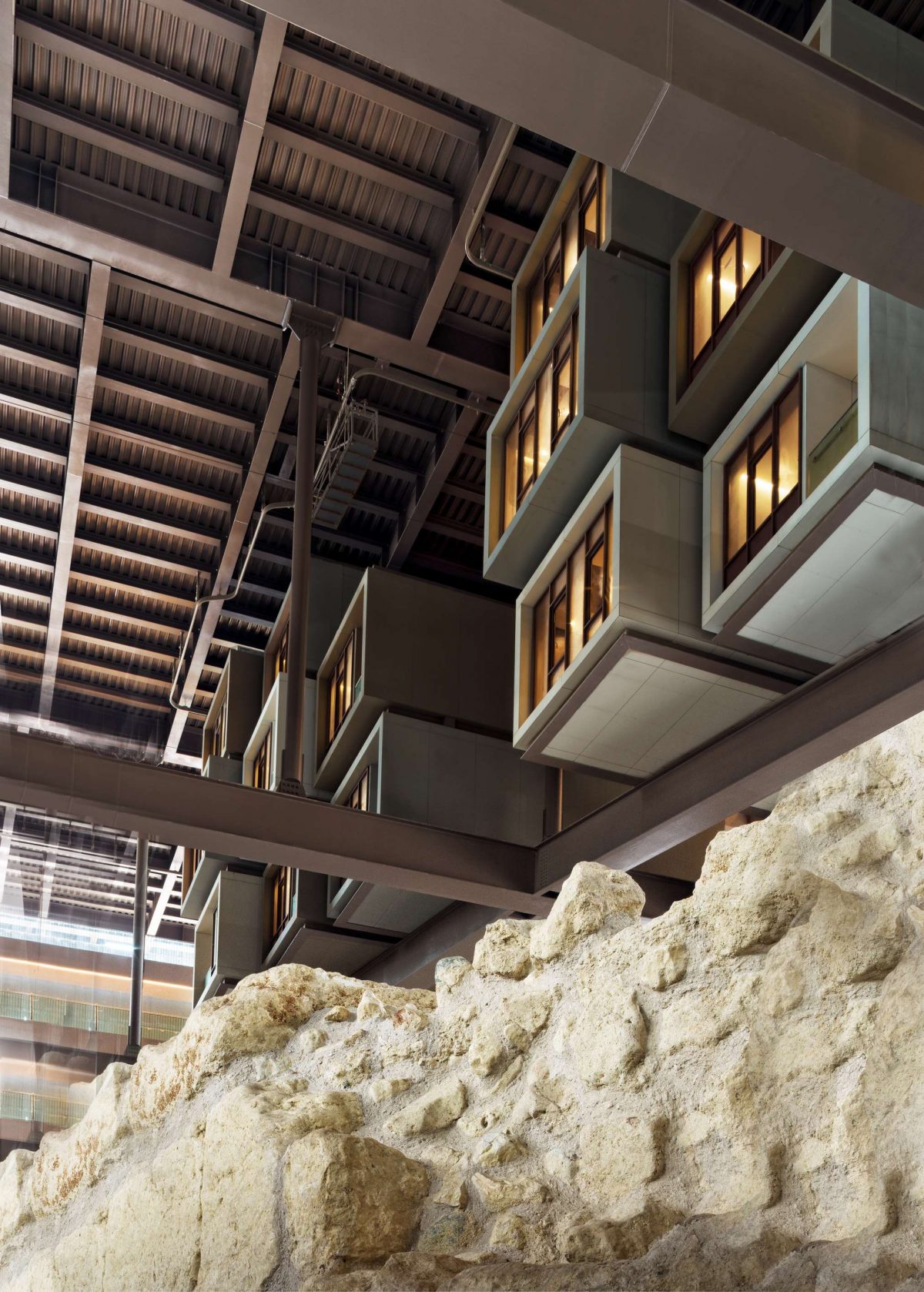
But back to the build, where that initial discovery introduced a construction conundrum: how do you build on a site that you can’t even stand on? Turkish architects EAA-Emre Arolat Mimarlik were enlisted to solve that riddle and oversaw the construction of 312 pieces of precast reinforced concrete walls, placed around the 17,132sq metre protected area, atop which were erected 20,000 tons of structural steel to hold the building itself in place – that’s four times the amount of steel used in the Eiffel Tower. All the while, archaeologists removed 100,000 cubic metres of soil to reveal the layers of history that were buried beneath.
Known as Antioch in biblical times, Antakya was once the Roman Empire’s third-largest city and among the abundance of artefacts unveiled were a marble statue of Eros, dating from about 200AD, alongside 5th-century Roman baths, the city’s first ballroom, ancient dining venues and all manner of everyday items collectively building a comprehensive picture of what life here was like in antiquity. Most significant of all, however, is the world’s largest single floor mosaic, dating back to the 4th century and stretching to 1,050sq metres. Dimpled and undulating due to centuries of earthquakes and shifting river paths, it is nonetheless remarkably well preserved and is beautifully decorated in colourful geometric patterns. Also noteworthy, the neighbouring Pegasus Mosaic dates back to the 2nd century and includes depictions of Apollo and the Nine Muses, still vividly coloured by the 160 shades of natural plant-dyed stones used in its construction all those centuries before. It was hidden 8.5 metres below ground.
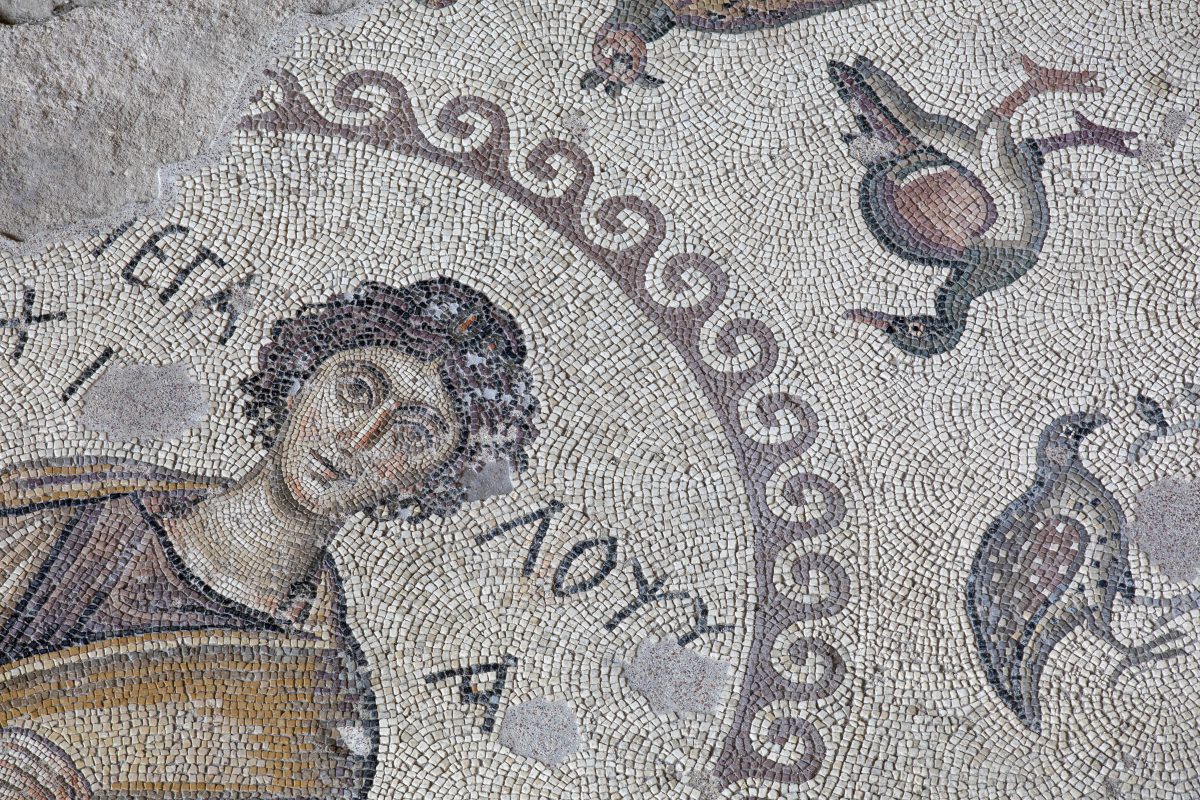
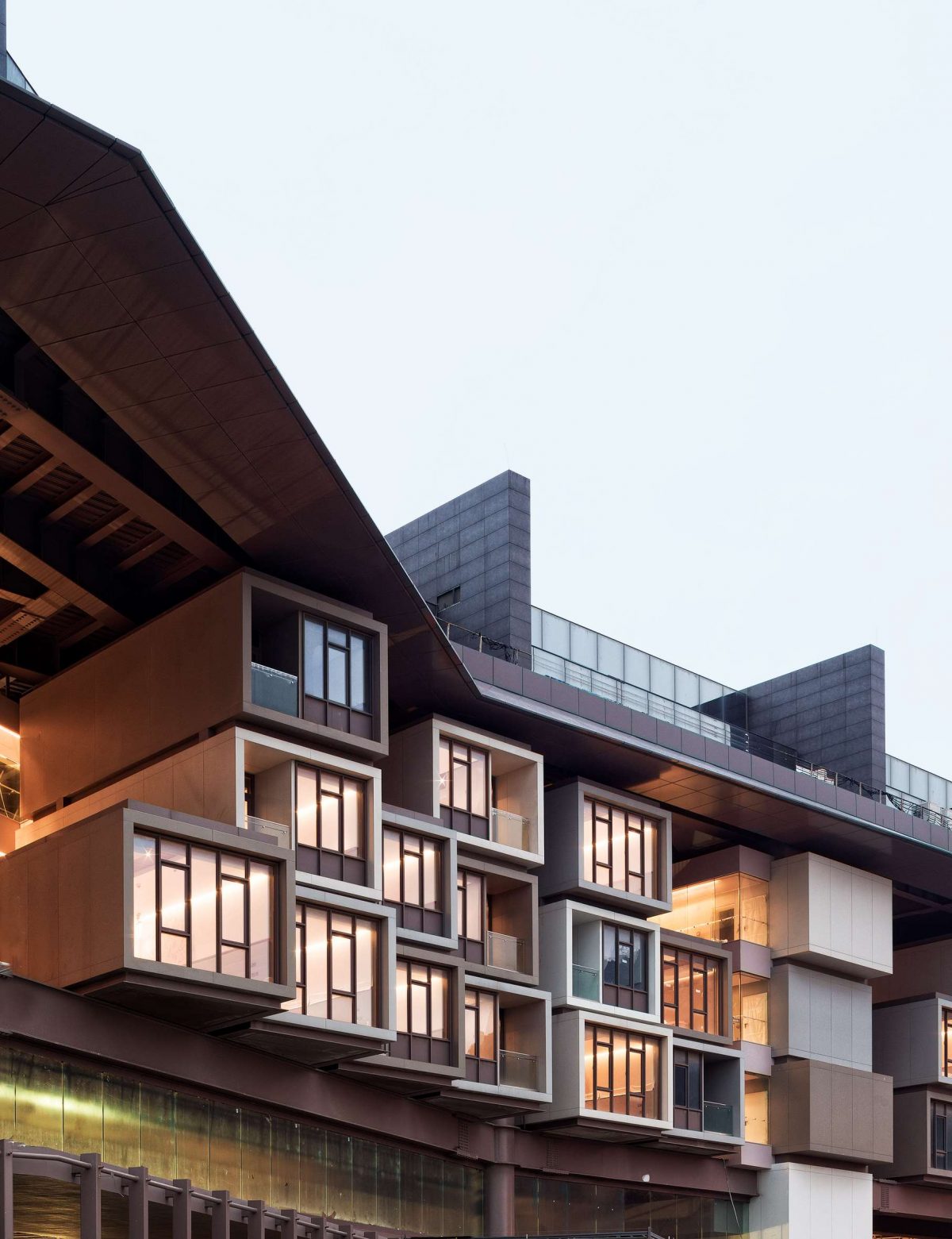


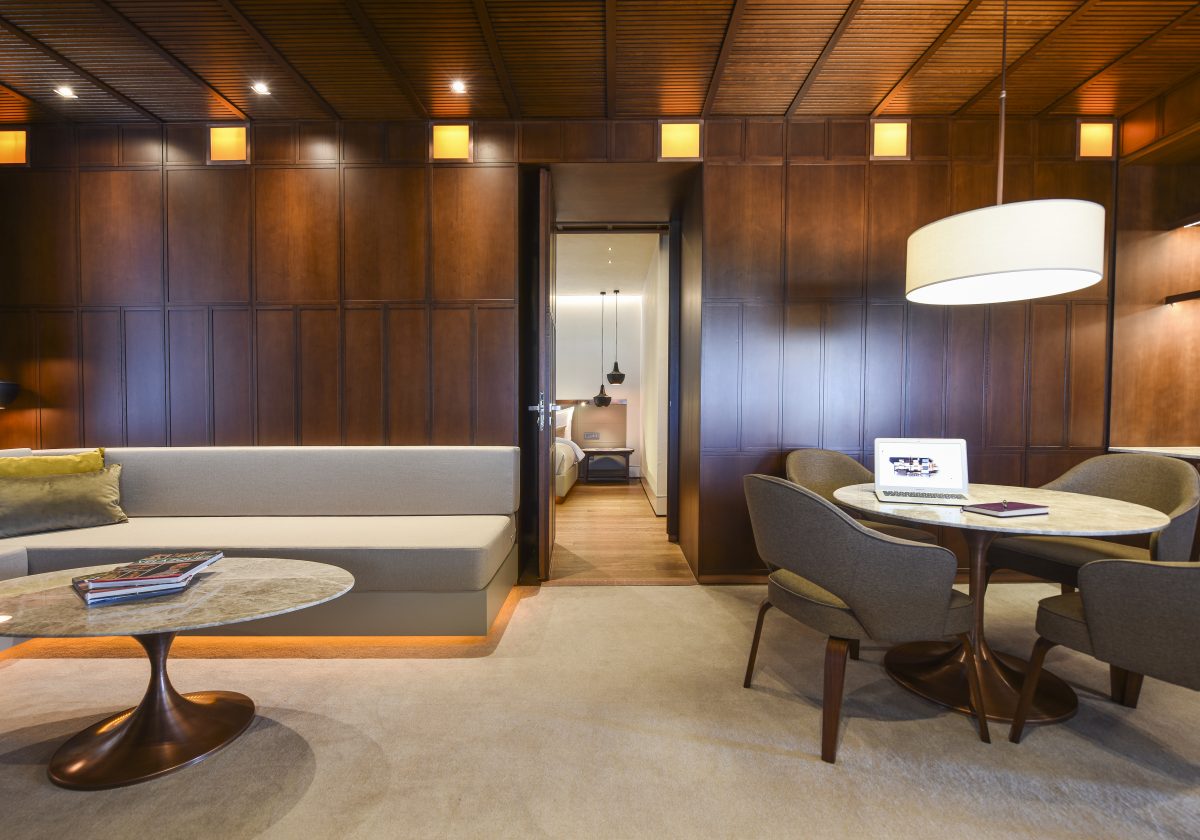
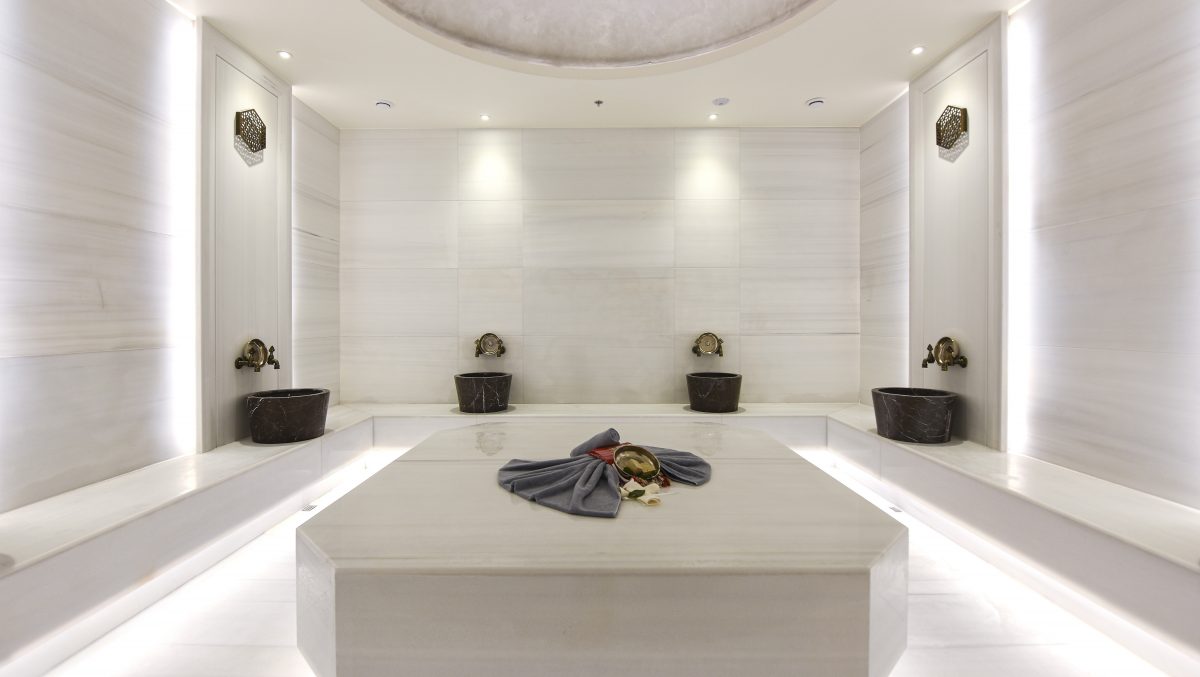
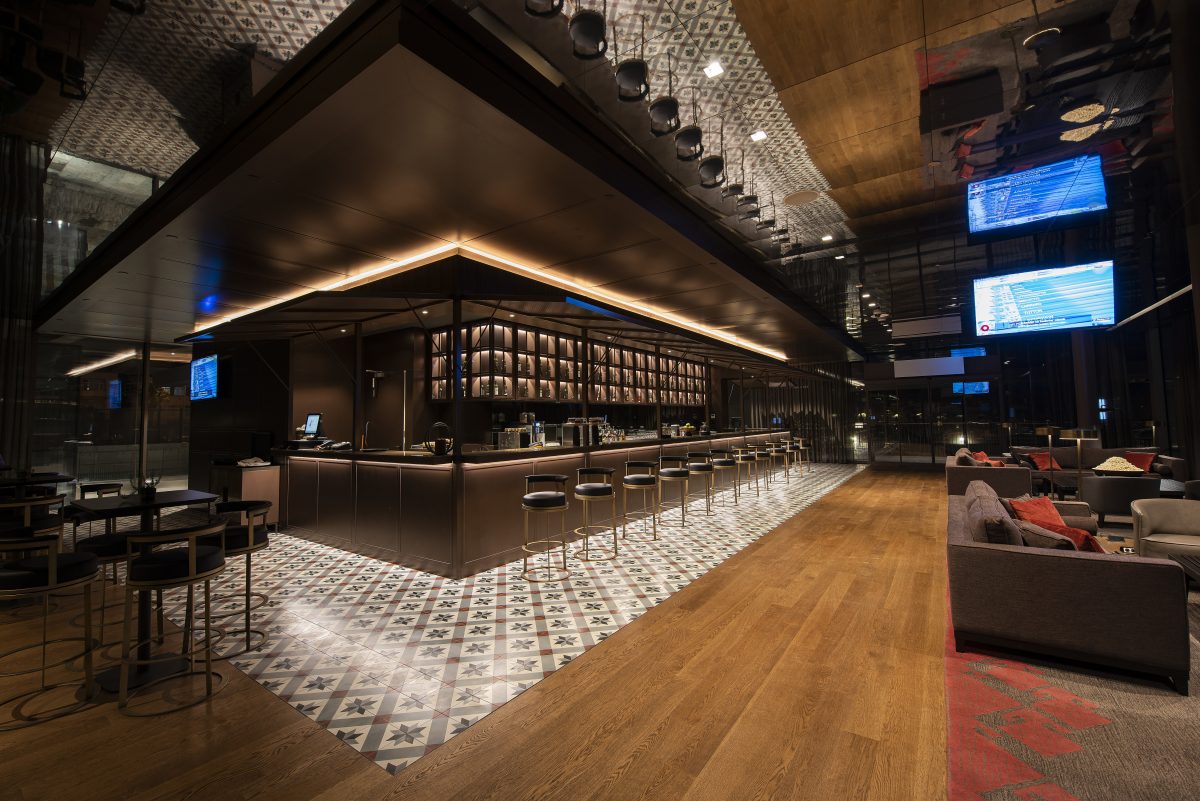
While guests will have ample opportunity to admire these discoveries from their accommodation, common areas and the elevated walkways that extend above the site, the hotel itself also makes an effort to impress.
Though often quite plain and with a subdued palette that won’t find favour with everybody, rooms are spacious, decorated with mosaic reproductions and offer views either of the excavation or the city and surrounding mountains. Incorporating a vast fitness centre with indoor pool and outdoor infinity pool, plus an expansive spa, the hotel’s wellness facilities are the biggest in the city. Spread throughout the property are five restaurants – a lot, perhaps, for a 200-key property but then again Antakya has a well-established foodie reputation, being a UNESCO-accredited World City of Gastronomy.
Viewed from a distance, The Museum Hotel Antakya’s boxy exterior is also likely to attract some criticism – externally it looks to me quite like a charmless conference centre – but guests who venture into the city and surrounding province of Hatay will be able to visit multiple bazaars and historical sites, alongside the likes of Saint Pierre, the world’s first cave church, the ancient Vespasianus Titus Tunnel and the storied Harbiye Waterfalls.
B&B rates at The Museum Hotel Antakya start from €180 per night.

